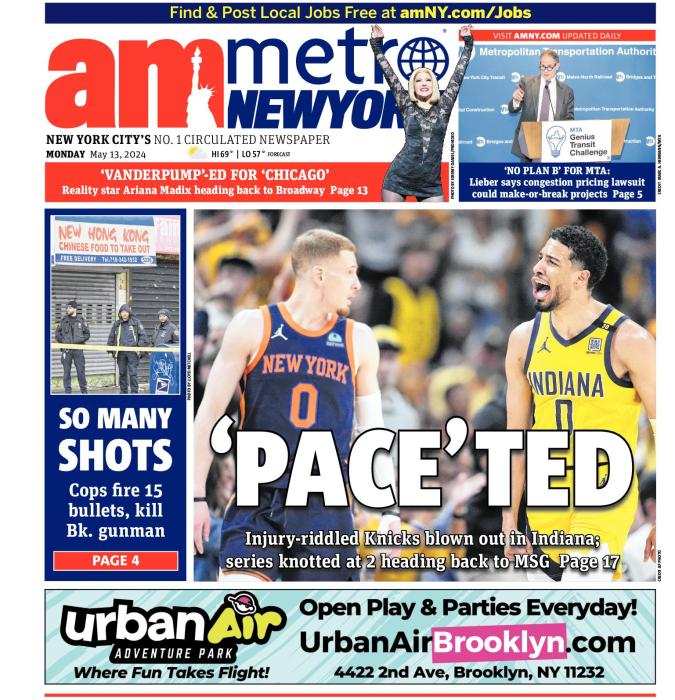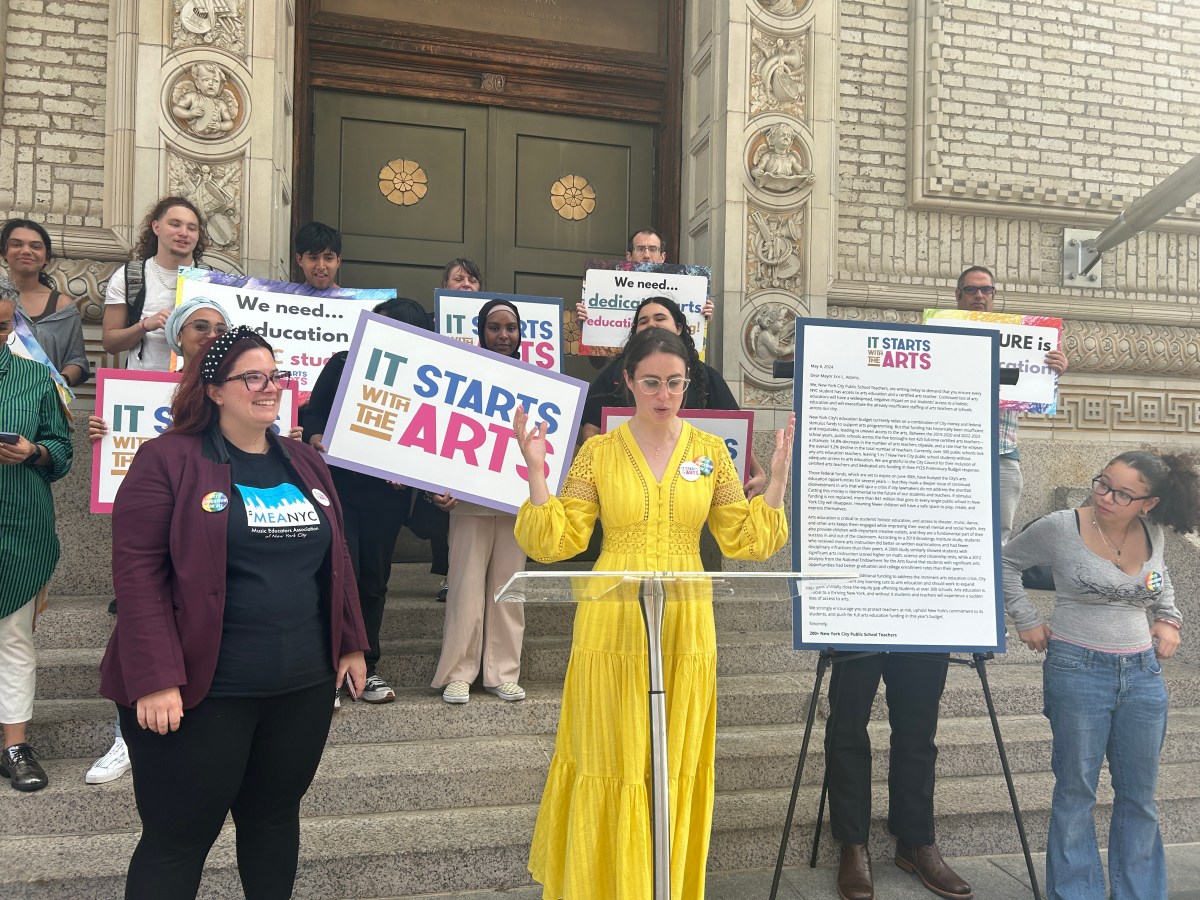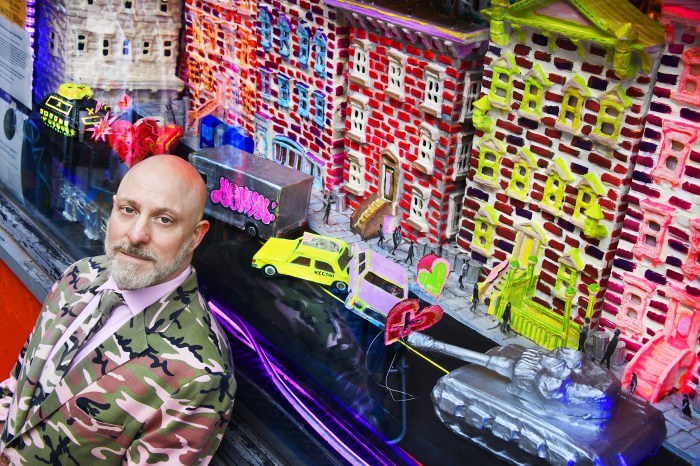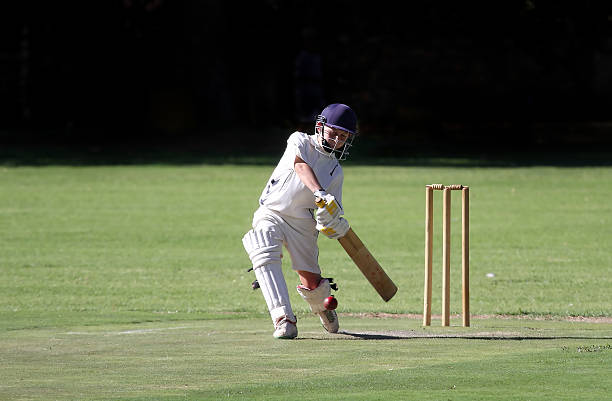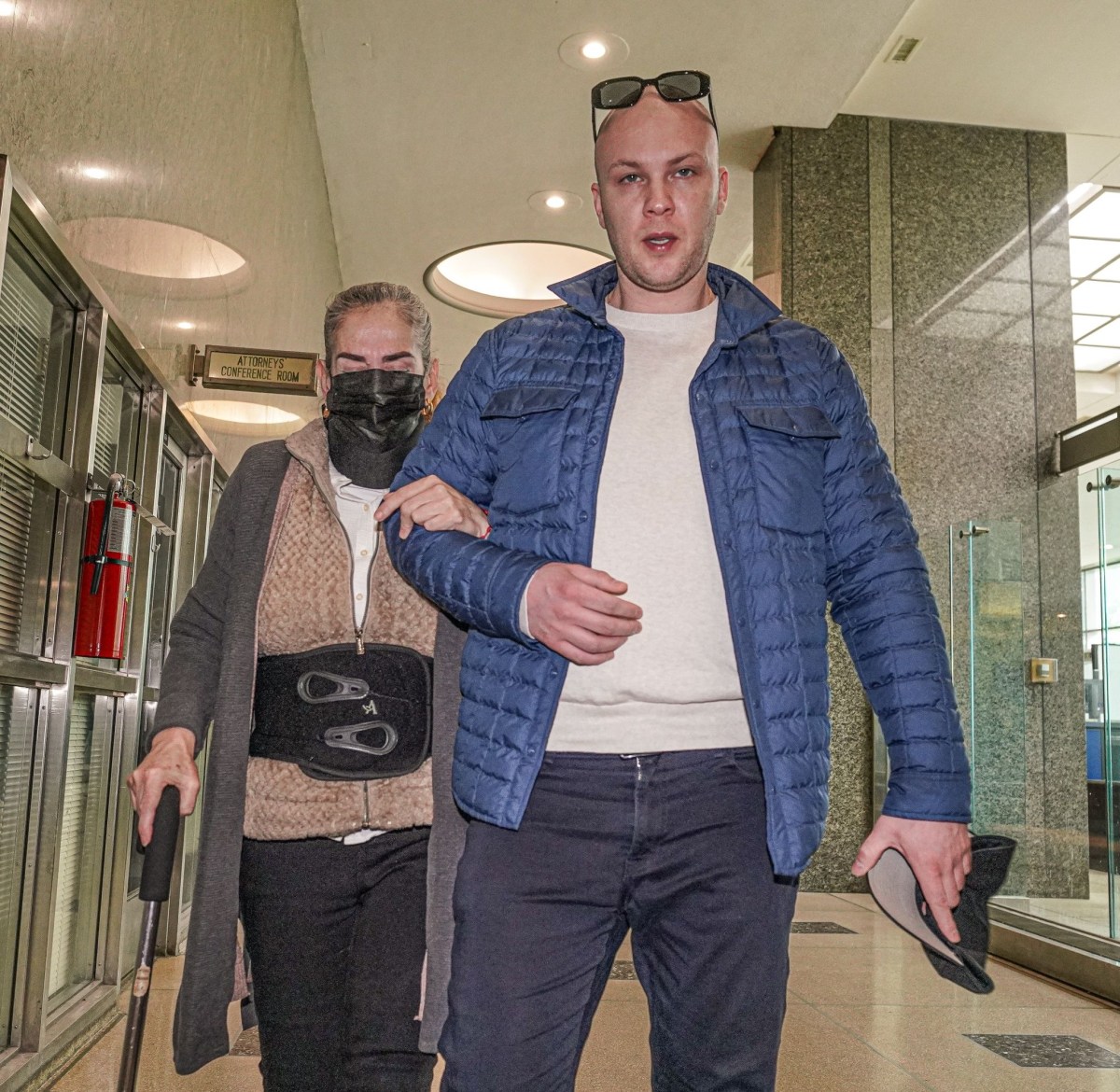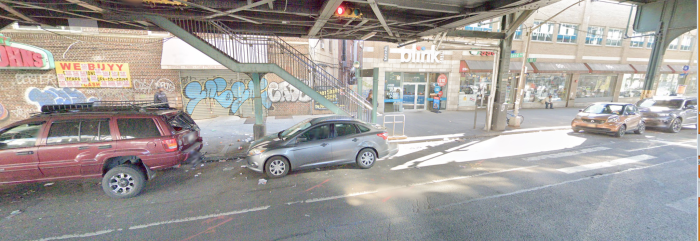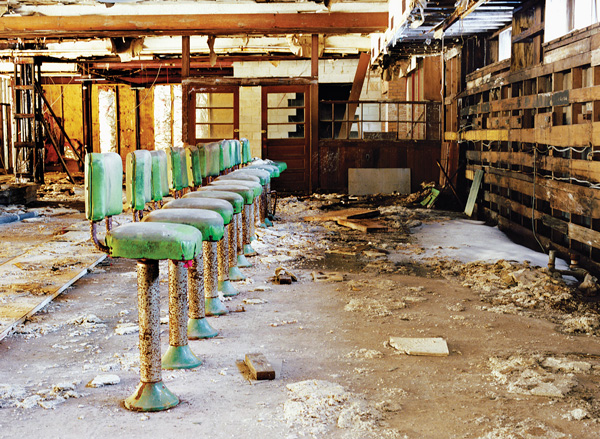
BY NORMAN BORDEN | In an era when weekend jaunts to Florida or weeklong Caribbean cruises are commonplace, Marisa Scheinfeld’s engaging images of the ruins of Borscht Belt hotels are a poignant reminder of a way of life that no longer exists.
For generations of Jews, vacationing in the Catskill Mountains 90 miles from New York City was like a rite of passage. You would pile into the family car, head northwest on Route 17 and soon you were in “the mountains,” also known as the Borscht Belt — a 250 square mile region that, over the years, would have a profound influence on Jewish culture and identity.
The big resorts like Grossinger’s, The Concord, The Nevele and Kutsher’s pioneered the all-inclusive vacation: three meals a day, Kosher or Kosher-style cuisine, and no one blinked if you ordered two or three main courses plus four desserts. The big hotels’ menus also included golf, tennis, indoor and outdoor swimming pools, childcare, ballroom dancing, nightclubs, and…then it was time for breakfast again.
Besides the food, another main attraction of the big hotels during their golden years — the 1940s, ‘50s, ‘60s and early ‘70s — was the entertainment. Playing the Borscht Belt was virtually mandatory for young Jewish comedians. Some, like Mel Brooks, Danny Kaye and Red Buttons, started out as “tummlers,” a Yiddish word for someone whose job was to create excitement or laughter as guests left the dining rooms or swimming pools. Buddy Hackett, Billy Crystal, Woody Allen, Henny Youngman and countless other comedians toured the big hotels. There were also shows with performers like a young Barbra Streisand, Bob Dylan and, well, you get the picture — the Borscht Belt rocked. In the mid ‘60s, at the peak of its popularity, there were over 600 hotels and 400 bungalow colonies in the region. Grossinger’s was serving 150,000 guests a year.
ECHOES OF THE BORSCHT BELT: CONTEMPORARY PHOTOGRAPHS BY MARISA SCHEINFELD
On View through April 12
At Yeshiva University Museum, at the Center for Jewish History
15 W. 16th St. (btw. 5th & 6th Aves.)
Sun. Tues. & Thurs., 11 a.m.–5 p.m.
Mon. 5 p.m.–8 p.m.
Wed. 11 a.m.–8p.m.
Fri. 11 a.m.–2:30 p.m.
Admission: $8
($6 for students/seniors)
Free Mon. & Wed. 5–8 p.m.
Info: 212-294-8330 and yumuseum.org
Visit marisascheinfeld.com
Marisa Scheinfeld missed the Borscht Belt’s golden years – she was only six years old when her family moved to a town near the Concord in 1986. Still, she says, “Kutsher’s and The Concord were a big part of my childhood. I spent weekends playing there. But I didn’t realize the hotels were virtually empty in the 1980s compared to what they were like in the ‘50s and ‘60s.”

The fact is, by the late 1960s, the Catskills had lost their appeal for the younger generation. Jet planes, air conditioning and changes in society all played a role.
As the hotels and bungalow colonies lost their customer base, they started to close one by one. Grossinger’s called it quits in 1986. The Laurels closed in the late ‘80s and burned down in the ‘90s. The Concord shut down in 1998 and was demolished in 2000. Now, all that’s left there are piles of rubble — and memories.
Scheinfeld began photographing the hotels’ remains in 2009 when she was a graduate student at San Diego State. Her mentor had advised her to “shoot what you know.” Since she was very interested in documenting ruins and sites where events had occurred, shooting in her own backyard — The Catskills — made perfect sense.
The artist explains, “I began the project by using my vacation time to go home and find old pictures of the area. I decided to use a technique called ‘re-photography,’ which involves finding an old picture of a place, then going to that site, lining everything up and photographing what it looks like now.” After taking a series of re-photography images, she realized they could become originals.
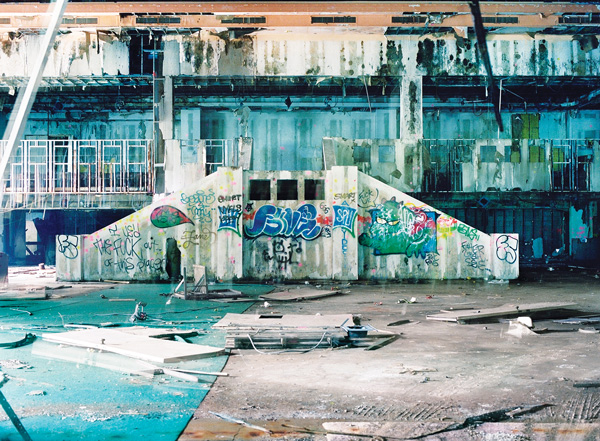
Doing more research, she found hotels she never knew existed. “I was searching for any traces of the era.” Local people, family, friends, and even the police helped (they helped her contact a hotel owner whose permission she needed). Scheinfeld comments, “I couldn’t have done this project if I hadn’t grown up around here.”
Discovering sites like Grossinger’s, she says, “It was sad to see modern ruins where the rooms had become jungles and swimming pools had turned into outdoor ponds with fish swimming around. After I’d photographed a tree growing out of a floor in an indoor pool, I realized there was a story here although I didn’t know what it was at the time.” She concluded that her photographs could tell a story about the effects of time, nature and people on a place. “I saw that the ruins were really alive, but they were no longer being used as places of leisure as originally intended. Dining rooms had become paint ball war zones, kids had turned showrooms into skate parks and wild turkeys lived in other rooms.”
The 23 large color images in the exhibition document many of these changes.
FILM SCREENING, Q&A AND OPEN GALLERY
On Mon., Feb. 2, trace modern stand-up comedy to its Catskill roots, by listening to the tales of those who were there when it all began. Sid Caesar, Joe Franklin, Jackie Mason and Jerry Stiller are among those featured in the documentary “When Comedy When to School.” There will be a Q&A featuring comedian, singer and actor Robert Klein after the screening — which is preceded by a gallery viewing with “Echoes of the Borscht Belt” photographer Marisa Scheinfeld. Tickets: $8, $6 for seniors, students, CJH and YUM members. For reservations, visit smarttix.com. Open Gallery at 6 p.m., screening at 7 p.m. For info on the film: whencomedhywenttoschool.com.
THE BORSCHT BELT — PAST, PRESENT & FUTURE
On Thurs., March 26 at 6 p.m., Marisa Scheinfeld is joined by historian and Forward columnist Jenna Weissman Joselit for a lively discussion about the history, legacy and future of the Borscht Belt. Tickets: $8, $6 for students, seniors and YUM members through smarttix.com.
In the Grossinger’s coffee shop image, all that’s recognizable are 10 dust-covered green stools. Their fading color is a sharp contrast to all the devastation, which looks man-made. Even more devastation is apparent in the picture of Grossinger’s lobby. The starkness, graffiti, paint ball splotches and inane scrawled profanities do grab your attention. The image of Grossinger’s indoor pool #2 feels ghostly; the chaise lounge looks pristine, as if someone had just left for a swim, but the green carpet underneath is very thick moss — it’s nature at work for decades. The hotel building, still intact, is visible through the rear windows.
Several re-photograph diptychs are also part of the show. In one, an undated publicity photograph of The Laurel’s indoor pool ringed by frolicking young adults is displayed next to Scheinfeld’s 2011 photograph of the same pool, devoid of life, filled with snow and surrounded by trees. And her collection of ephemera, ranging from hotel postcards and menus to a big Concord button that says “Ask about Big Thursday,” fuels the memories. They’re all signs of life, long gone.
For those who spent time in the mountains, Scheinfeld’s work evokes waves of nostalgia and awe. I, for one, found the image of The Concord’s remains — giant piles of rubble — particularly sad. How could the final demise of the Borscht Belt’s largest resort come so quickly and completely while other hotels died a slow death? No doubt a developer’s plans or hopes were waylaid, but it’s still not a pretty picture. But many here — in their own way — are quite memorable.
Norman Borden is a New York-based writer and photographer. The author of more than 100 reviews for NYPhotoReview.com and a member of Soho Photo Gallery and ASMP, his image “Williamsburg” was chosen by juror Jennifer Blessing, Curator of Photography at the Guggenheim, for inclusion in the 2014 competition issue of “The Photo Review.” He is also exhibiting in Soho Photo’s annual Krappy Kamera ® exhibition, Feb. 4–28. Visit normanbordenphoto.com.
